Whitewater Kayaking For Beginners

Planning to hit the rapids in India? The Outdoor Journal answers all your whitewater kayaking for beginners queries.
Kayaking is definitely an upcoming sport in India today. The huge amount of annual rain fall, the vast number of rivers and lakes, the many kilometers of coastal shores, the tropical temperatures and the beauty of the scenery puts India in a very special position for the lovers of this sport.
Couple that with the growing interest and inspiring commitment from the local paddling communities, and India’s whitewater scene is one to watch for sure.
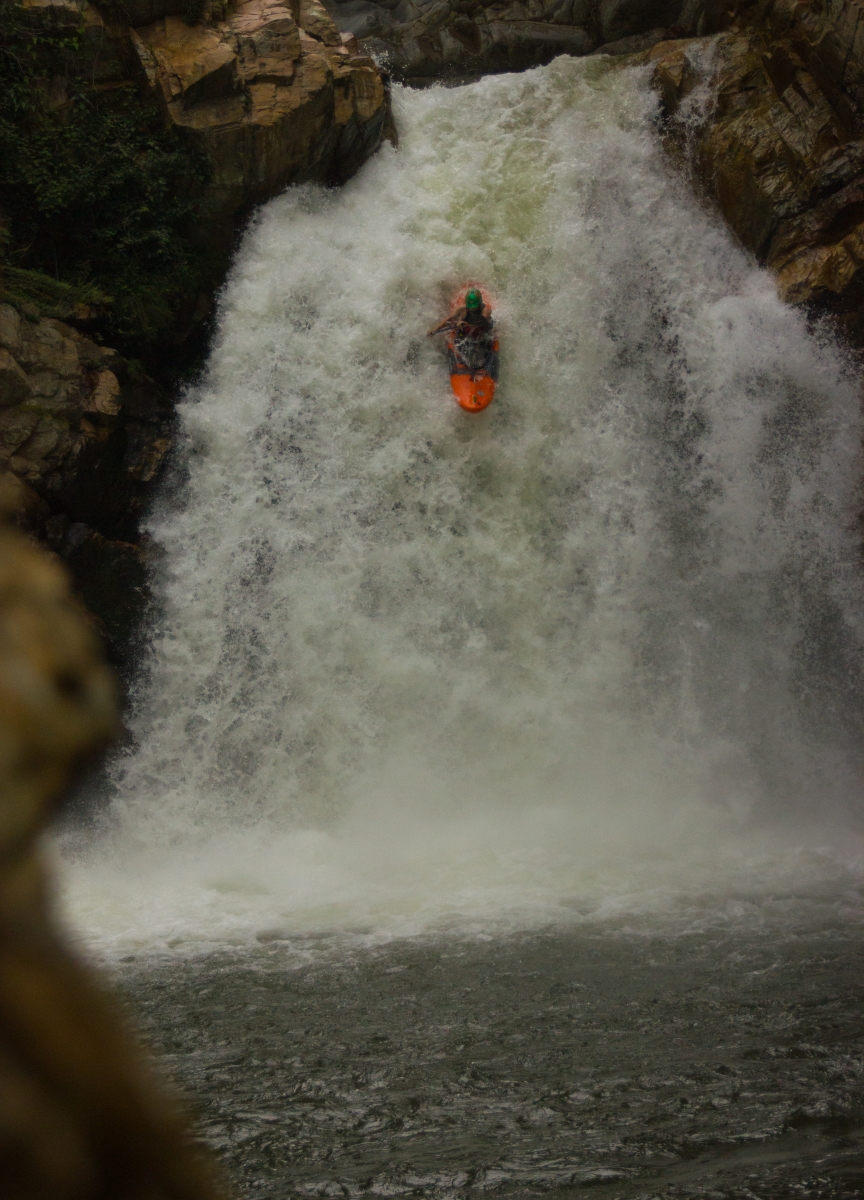
Waterfall on the East Nayyar, Uttarakhand - Image © Dan Rea-Dickins
What: A kayak is a one man decked boat where the person sitting in it faces forward, legs in front, using a double-bladed paddle for propulsion. Kayaks can be made of wood, fibers, carbon, however are most commonly made of rotomoulded plastic. What differentiates kayaks from many other kinds of boats is the fact that even after capsizing, the kayaker can roll back to an upright position with his/her kayak, thanks to a special technique developed by the Eskimos who used kayaks to hunt in extremely cold environments, where swimming would be fatal.
Superslides, Kerala - Image © Bhupendra Singh Rana
The development of the roll places a kayak at an advantage to venture to the moving waters of a wild river. That is whitewater kayaking: to navigate rivers sometimes in the most inaccessible and complicated sections, where the water drops down forming picturesque and powerful rapids, gorges, waves and waterfalls. Whitewater kayaking comprehends different subcategories, including river-running, playboating (also known as freestyle kayaking) and slalom (that is an event in the Olympic Games).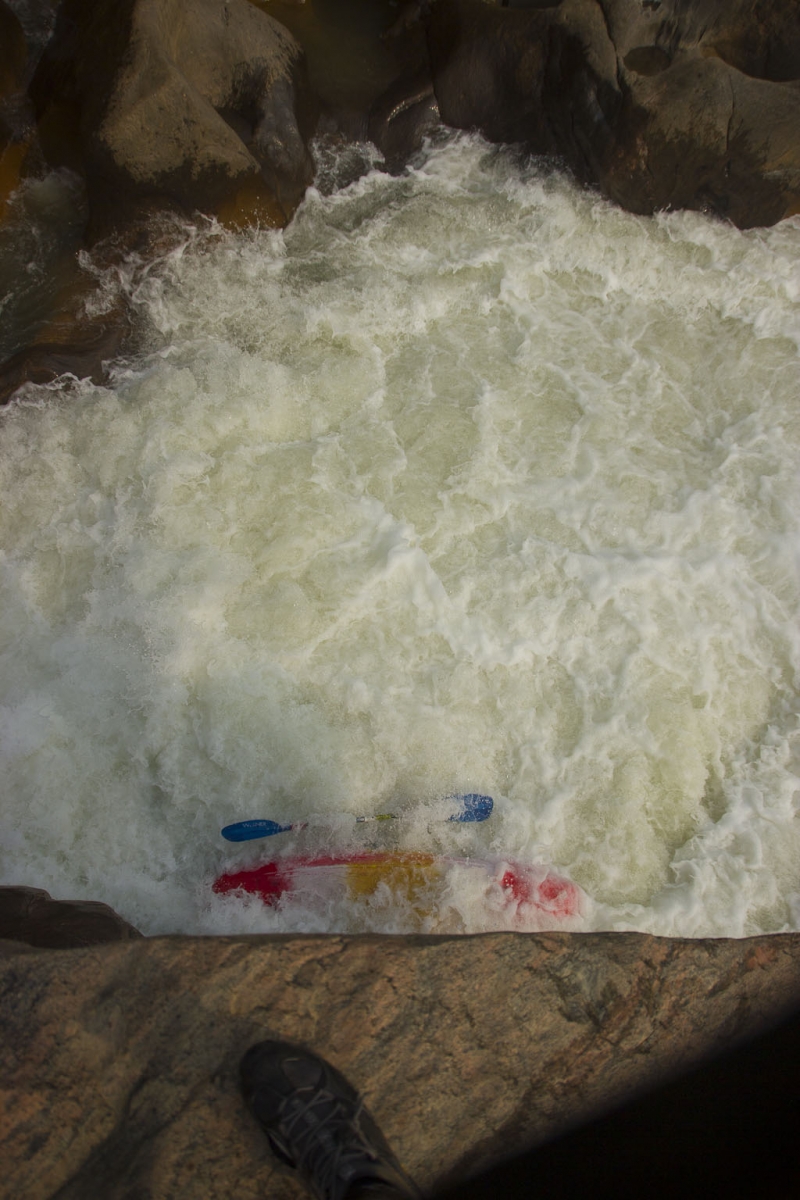
You don’t want to swim there: setting up for an Eskimo roll - Image © Joe Rea-Dickins
Where and When: India has a lot of beautiful locations to practice whitewater kayaking for beginners, from the northern Himalayan regions till the southernmost hills of the Ghats.
The rivers of Uttarakhand, Ladakh, Himachal Pradesh and Arunachal Pradesh are already classic destinations for international expeditions and a fantastic playground for local paddlers. Between these four areas there is top class whitewater kayaking to be had year round. Typically trips have been carried out during lower water seasons, however, as of late more and more have been venturing out during the monsoons, checking out the smaller creeks or enjoying the acquired taste of big water monsoon boating.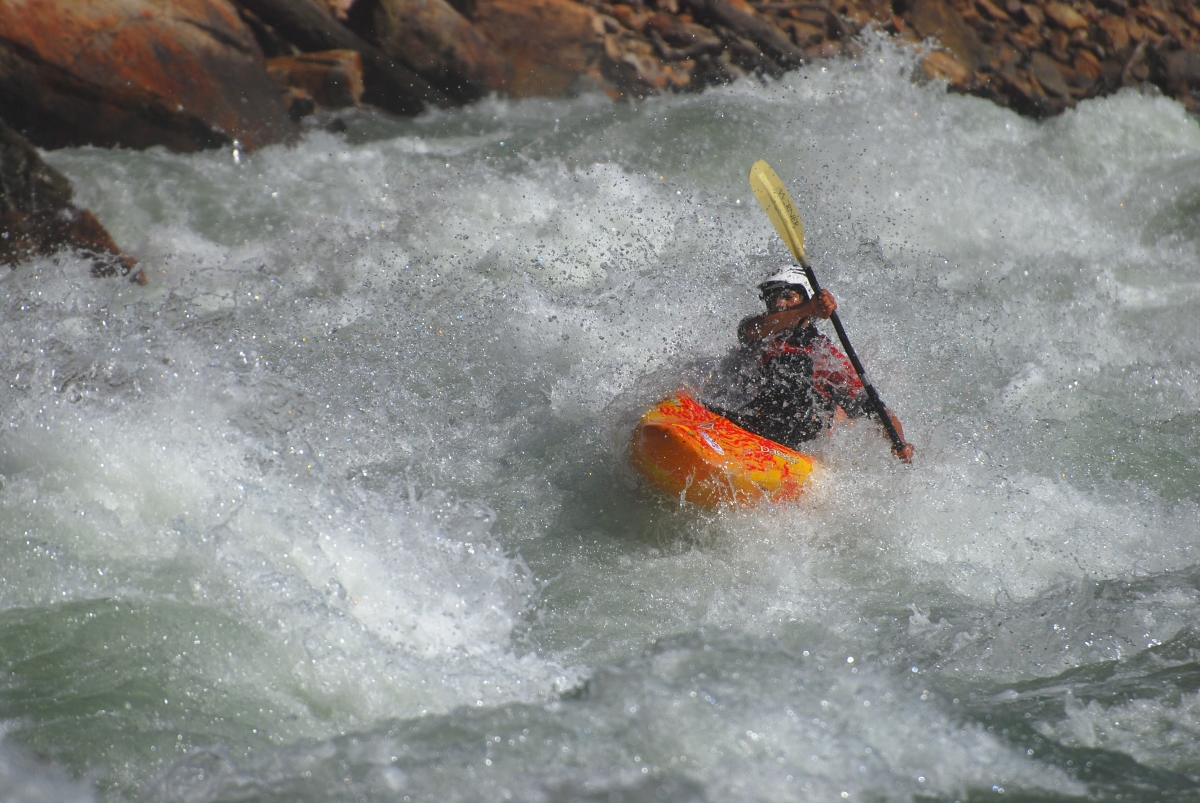
Classic big water on the Ganga, Uttarakhand - Image © Vipin Sharma
In the south, during the last years more and more recreational kayakers have started to get out on the river, especially during the monsoon season (June- October) and new whitewater gems have been discovered all over the Western Ghats, in Kerala, Karnataka and Tamil Nadu.
Whitewater kayak-oriented commercial operations have started, and now it is relatively easy in India to get access to professional instruction and premium kayaking gear.Some whitewater competitive events have also been conducted lately in India, like the Ganga Kayak Festival in Rishikesh, the Winter Whitewater week in Karnaprayag and the Malabar River Festival in northern Kerala, near Calicut.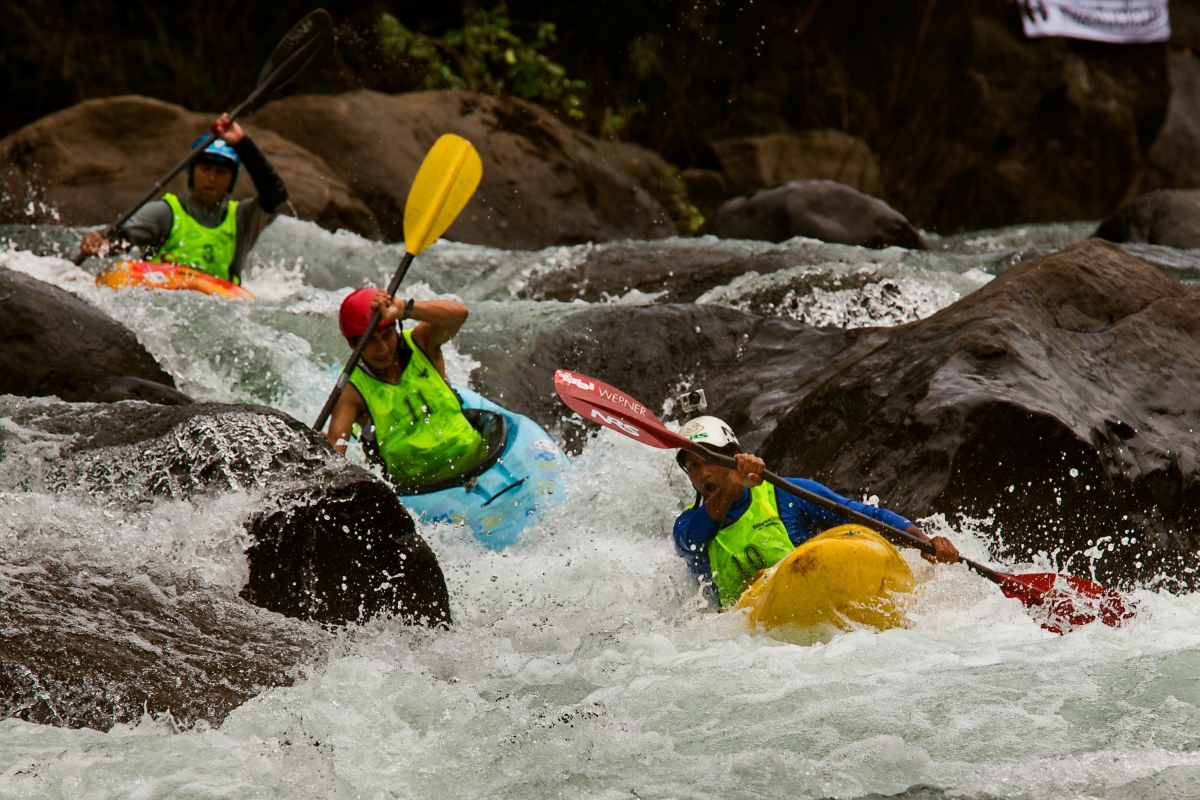
The new wave of Indian kayakers at the Malabar River Festival - Image © MIA studio
India’s whitewater is not limited to these mentioned areas, states such as Meghalaya, Sikkim, and Madhya Pradesh are starting to attract the attention of both Indian and international kayakers alike.
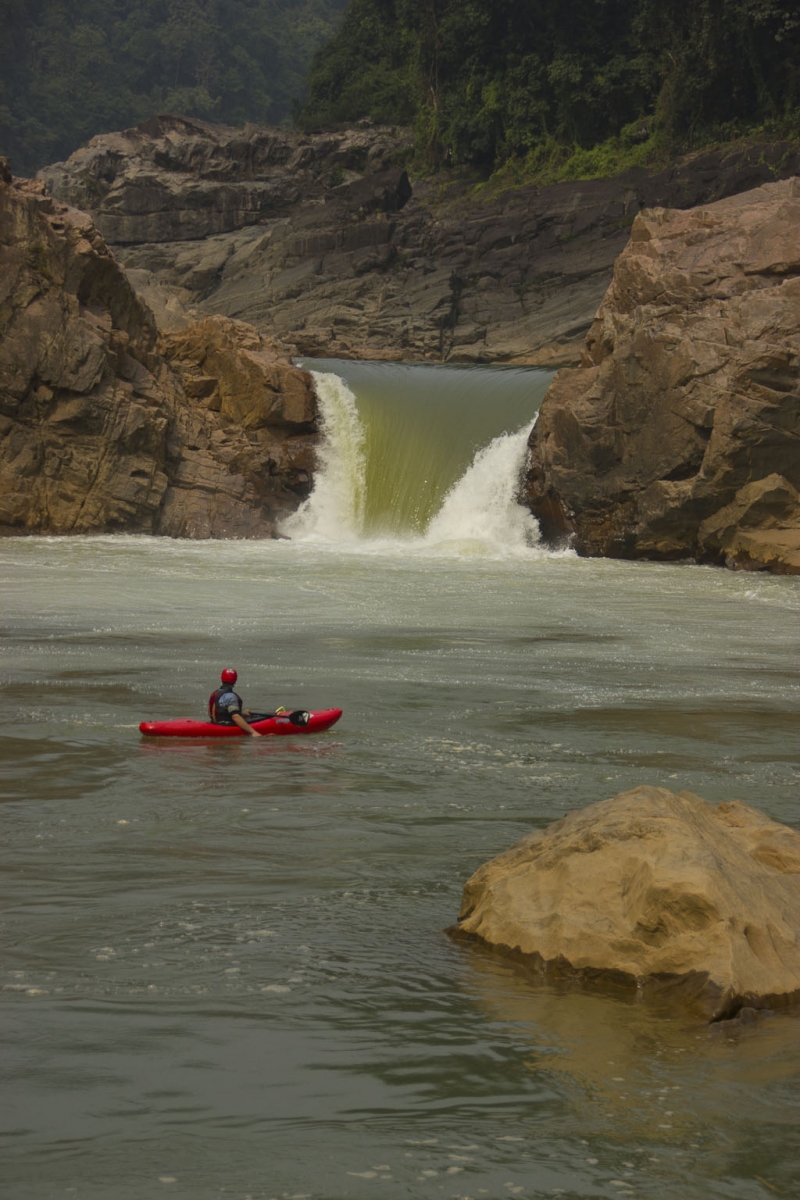
The recently discovered (from a whitewater perspective) - Kynshi River, Meghalaya - Image © Joe Rea-Dickins
How: Needless to say, it requires proper instructions and a lot of training in order to move from flat water kayaking to whitewater to contain the risks that are inherent to the moving water environment. Decent body fitness is required and whilst knowing how to swim is technically not mandatory (the paddler should be able to avoid swimming through the Eskimo roll and always wears a dedicated life jacket called Personal Floatation Device if this fails) it is highly recommended.
Specific courses for river rescue and river safety are important as well in order to grow as a kayaker and to understand every aspect of the activity. Mastering advanced whitewater technique takes years, but after some basic clinics in flat water and easy river sections a beginner paddler can be taken through easy whitewater runs by professional guides or experienced fellow kayakers. Using suitable gear is critical to paddle moving water.
Finally, whitewater kayaking is a team sport: to help each other on the river and to share the joys and the difficulties is a must, and it is crucial to be with other paddlers to learn and to grow.
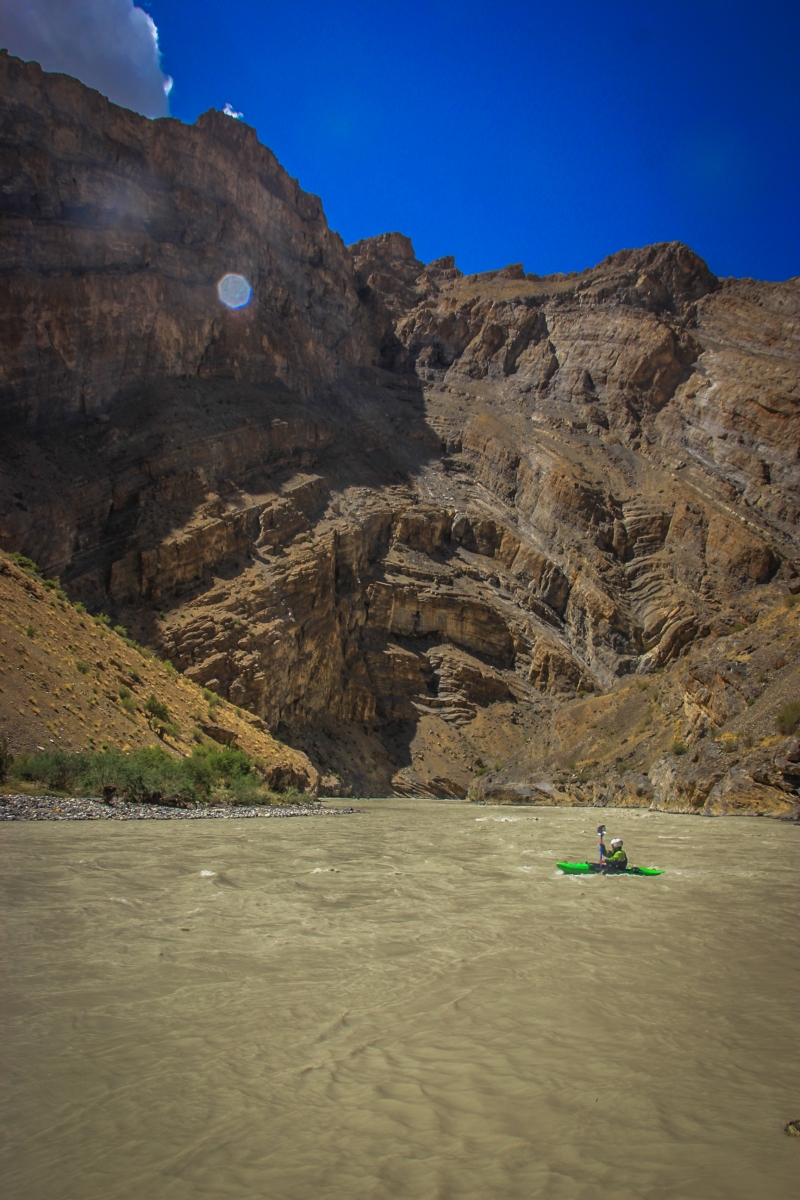
The stunning gorges of the Tsarap Chu, Ladakh - Image © Joe Rea-Dickins
How much: Gear (the five essentials: kayak, paddle, spray-deck, helmet and PFD) will cost around 1.2-1.5 lakh rupees, but can be found second hand for half price. Specific clothes will be required for cold waters such as wet suits or dry suits. An average day of kayaking including instructions/guiding+logistics+gear rental may cost between 3000 and 4000 rupees, but once a group of kayakers has invested in the gear and has enough experience, the only costs will be transport (logistics have to be planned well in advance, especially if you plan to paddle in remote areas of the country).
Soaking up the monsoon, Karnataka - Image © Jacopo Nordera
With whom:
Aquaterra, Expeditions India, De-N-Ascent Expeditionsand
Team4adventurehave been organizing river expeditions and offering clinics teaching kayaking for beginners for many years in Rishikesh.
Shivanandi River Lodge on the banks of the Alaknanda, close to Rudraprayag, you can get professional training and guiding.Goodwave Adventures in Bangalore was born as a dedicated whitewater kayak school, and offers ACA (American Canoe Association) certification to their students. It operates in south Karnataka and northern Kerala.Southern River Runners is a spontaneous group of kayakers in Bangalore, that is collecting a database of info related to southern rivers.Campfire Trails Shillong offers the only kayak trips in Meghalaya, and are a fantastic resource if planning an expedition to the area.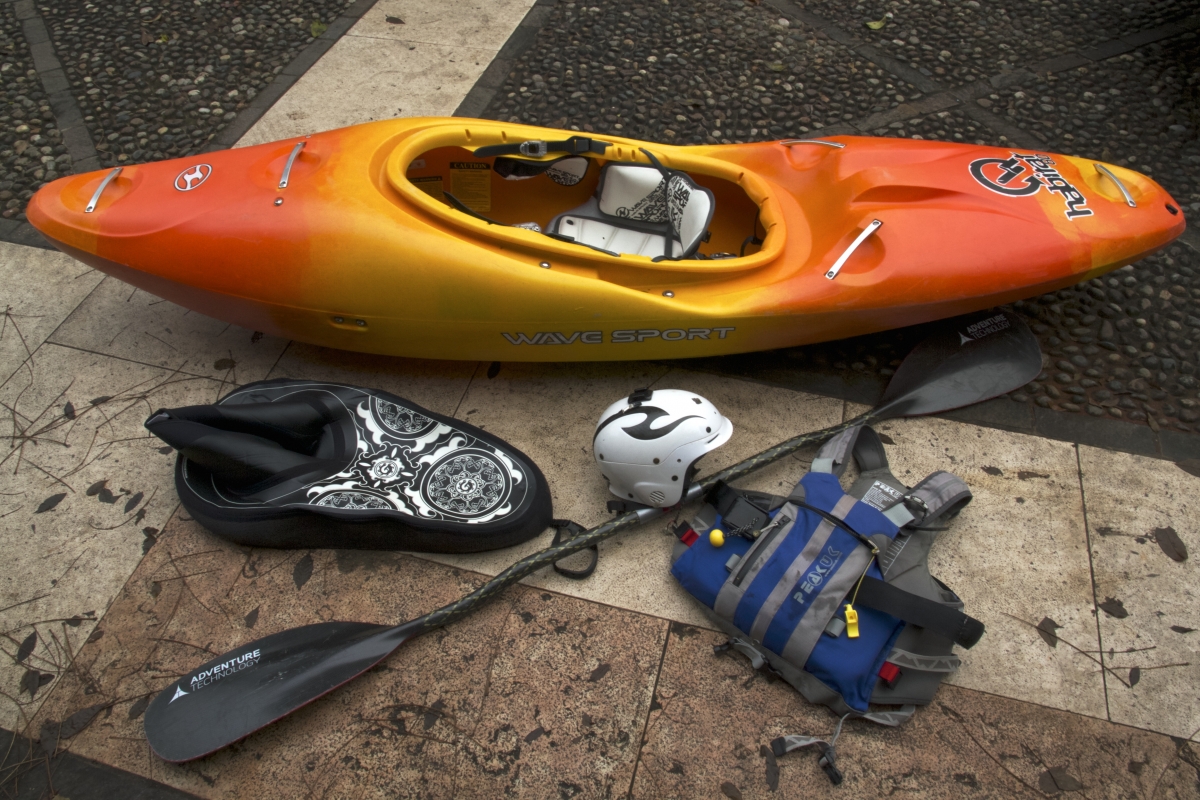
The five essentials: Kayak, Helmet, Paddle, Spray Deck and PFD- Image © Jacopo Nordera
Where to buy:
Madras Fun Tools is an online shop that organizes road shows and demos in the southern rivers.Adventure Axis operates in Rishikesh.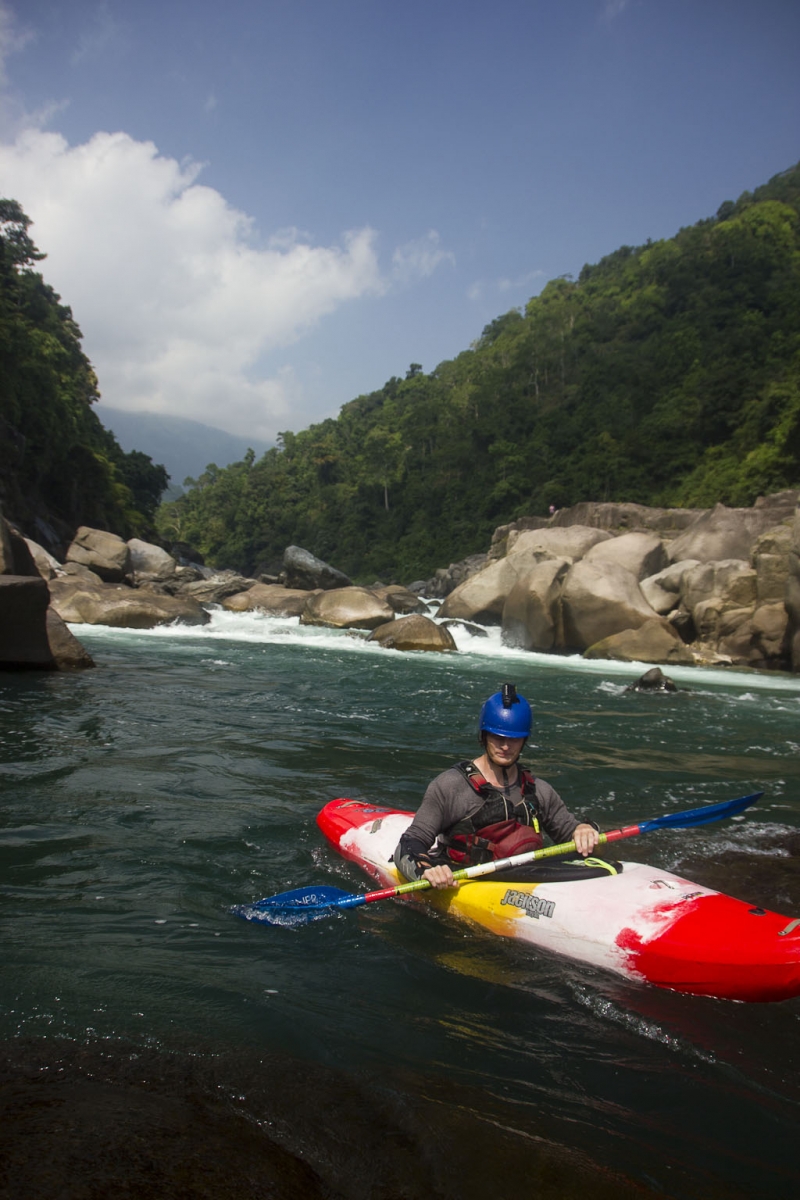
Kayaker with the five essentials - Image © Joe Rea-Dickins
Place: New Delhi, India



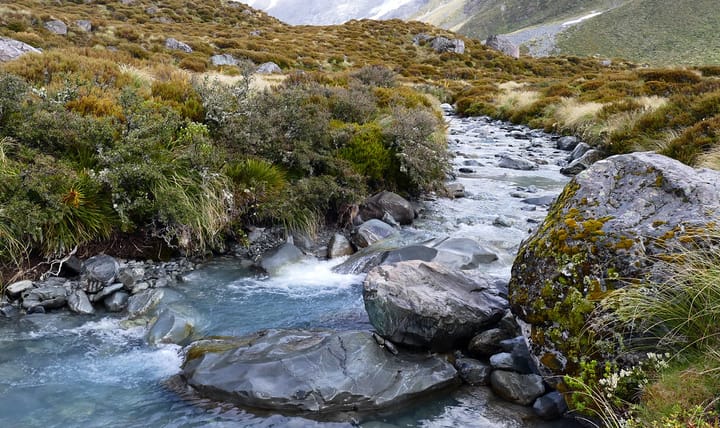
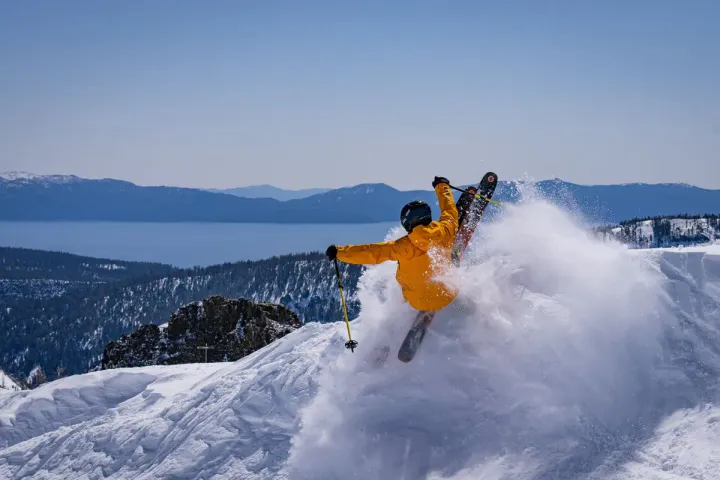

Comments ()